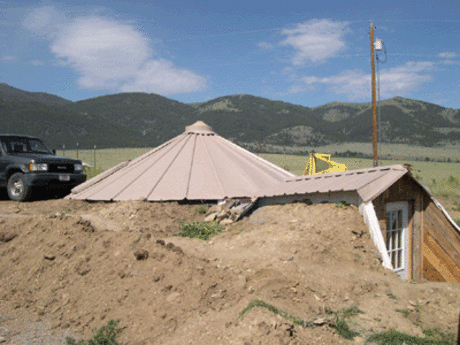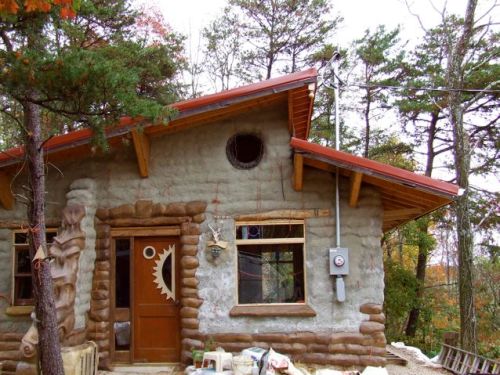 The driving factor behind this project is the belief that simple design is high design, particularly when working in the developing world.
The driving factor behind this project is the belief that simple design is high design, particularly when working in the developing world.
For the Love of Earthbags (F.L.O.E.) is an interactive design project that aims to prove that it’s possible to approach high-design in a manner that is tasteful, modern, and groundbreaking by using only the most basic materials, such as the dirt beneath our feet.
This project is an initiative led by architect Travis Hughbanks and supported by Edge of Seven (www.edgeofseven.org) in partnership with the local community of Basa, Nepal.
Edge of Seven is a nonprofit organization that generates awareness and volunteer support for projects that invest in education, health and economic opportunity for girls in developing countries. According to the World Bank, 30 percent of Nepalis live in poverty and this population is most concentrated in rural areas where people survive off of agriculture and subsistence farming. For Edge of Seven, earthbags offered an opportunity to improve rural educational infrastructure and combat poverty in the most low-cost, efficient and sustainable way possible.
How will the funding be spent? The money raised through this campaign will be used for supplies to create the earthbag school, educational tools, and the production of the graphic materials.
F.L.O.E.’s end goal is to elevate the practice of earthbag construction by producing several engaging and creative educational materials that will be used both to promote earthbag construction and teach local residents how to build with this method. The materials to be produced are an animated video and a graphic print manual.
To read more about this innovative project and see more of their interesting graphics check out this website: www.indiegogo.com
We have profiled the Nepali school project on several other posts:
finished-earthbag-school-in-nepal
earthbag-building-spreads-in-nepal
earthbag-school-in-nepal














